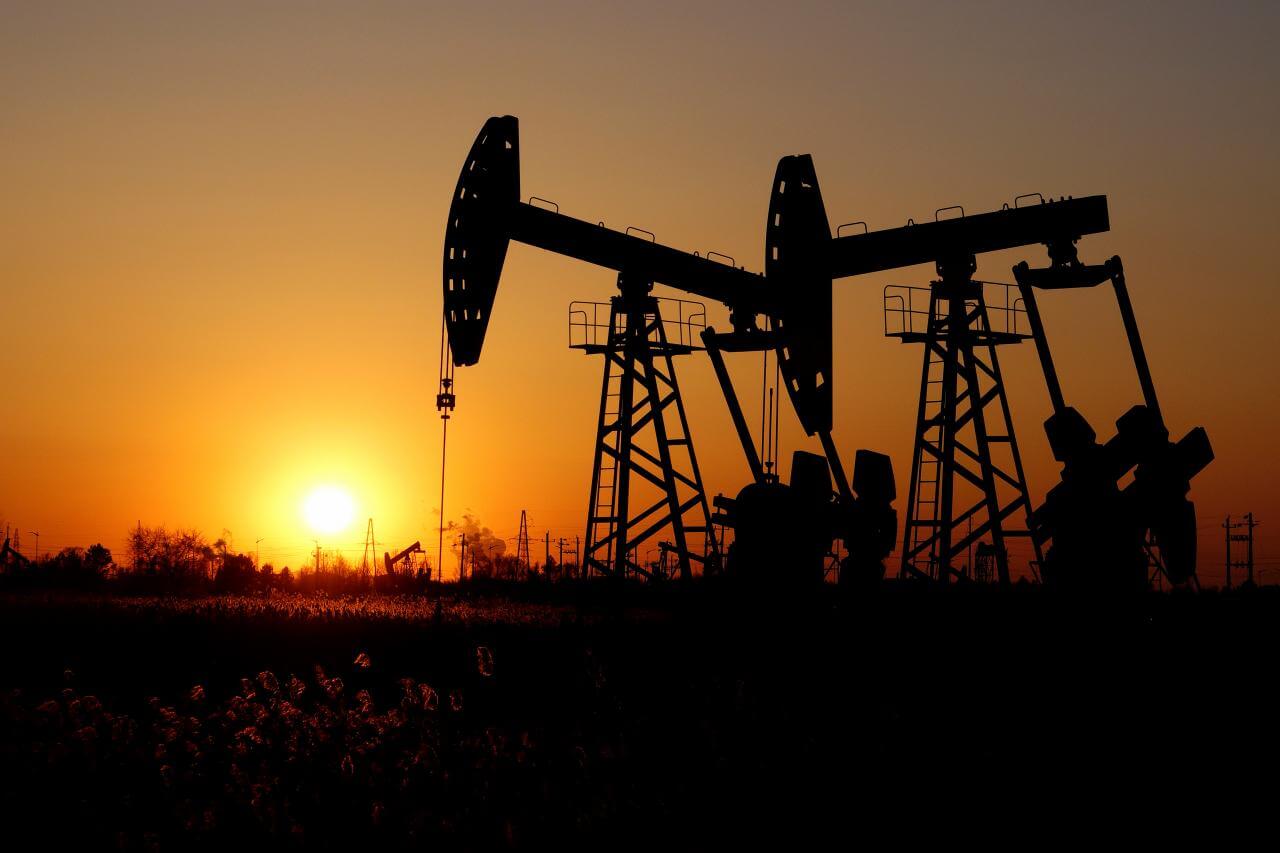On Wednesday, the crude oil prices were flying up at near 2019 highs, backed by supply cuts led by the Organization of the Petroleum Exporting Countries (OPEC) and also due to U.S sanction on oil exporters Iran and Venezuela.
Analysts say that an increase in the U.S production and economic slowdown prediction has led the oil prices to reach the peak level.
Oil prices have been backed by supply cuts by OPEC. To strengthen the trade markets, Saudi Arabia’s top crude exporters and OPEC associate is considering minimizing the light crude oil shipments especially to Asia in March.
Along with OPEC member and other non-affiliated oil manufacturers like Russia have decided during the end of the year to cut oil output by nearly 1.2 million barrels per day (bpd) so that they can control hangover of large supply from expansion.
French Bank BNP Paribas said, “in accordance with announcement, the Saudi crude oil output is lowered, and we are hoping that Saudi Arabia will be able to manufacture not more than 10.31 million barrels per day during 2019’s first three quarters as per the objective that was agreed upon in a meeting with the OPEC and Non-OPEC members held in December.”
BNP further said that, due to supply cuts, it had assumed that the oil prices would improve through the first three quarters of 2019 (Q3) while Bent to improve to an average by $73 per barrel and West Texas Intermediate (WTI) also with an average by $66 per barrel.
U.S based crude oil future West Texas Intermediate (WTI) has reached to the highest mark of 2019 on Wednesday at 56.39 dollars per barrel after 0300 GMT, which noticed a growth of 30 percent or 0.5 percent compared to its previous settlement.
On Wednesday, the International Brent crude futures were also soaring high by 13 percent or 0.2 percent at 66.58 dollars per barrel. They were slightly close to their 2019 high of around 66.83 dollar per barrel which was on Monday.
A U.S sanction is another important factor for soaring oil prices. U.S sanctions are on the oil exporters like Venezuela and Iran.
In spite of the U.S sanctions on oil exporters, Iran’s crude oil export was much higher than the prediction in January, at an average level it was of 1.25 million bpd, report according to Refinitiv ship-tracking data. Several analysts had predicted that Iran oil export might be below 1 million bpd following the implementation by the U.S sanction in November 2018.
On Tuesday, the Energy Information Administration mentioned that the shale oil production would keep on increasing. The Energy Information Administration was against the supply cuts and also opposing the U.S sanction on oil exporters, that was increased by above 2 million bpd in 2018, which was a record break of 11.9 million bpd, they are even thankful for the roaring shale oil production.
The Bank informed that progress in the oil production of United States is mostly by Shale, the oil will be greatly exported in larger volumes to other International markets in the middle when the global economy is predicted to slow down the growth of crude oil production.
At the end of 2019, soaring U.S output will deliver lower oil prices and the Brent crude oil may drop to an average of 67 dollars mainly, during the fourth quarter of the year, and WTI may also drop to an average of 61 dollars per barrel.
The OPEC in its previous week has predicted a lower growth in the oil demand from 2019 to around 1.24 million barrels per day although few analysts hope that it could be smaller.
Another analyst at JBC Energy posted that, continues unstable picture of the economy is provided, and our outlook for 2019 in global oil demand growth is below 1 million barrel per day and may decrease further.
In order to stop the build-up inventories that might weigh down the prices, members of OPEC along with other associates like Russia started a new supply cut of around 1.2 million bpd from January 1. This cut has helped the crude oil price to increase by more than 20 percent.
President of Russia Vladimir Putin and Saudi Arabia’s King Salman bin Abdulaziz Al Saud and de facto leader of OPEC stated that global energy markets had been backed with continues coordination; it was mentioned on Tuesday by Kremlin. Investors stated that the statements given by the leaders are raising doubts about whether Russia will be able to adhere to the deal.
